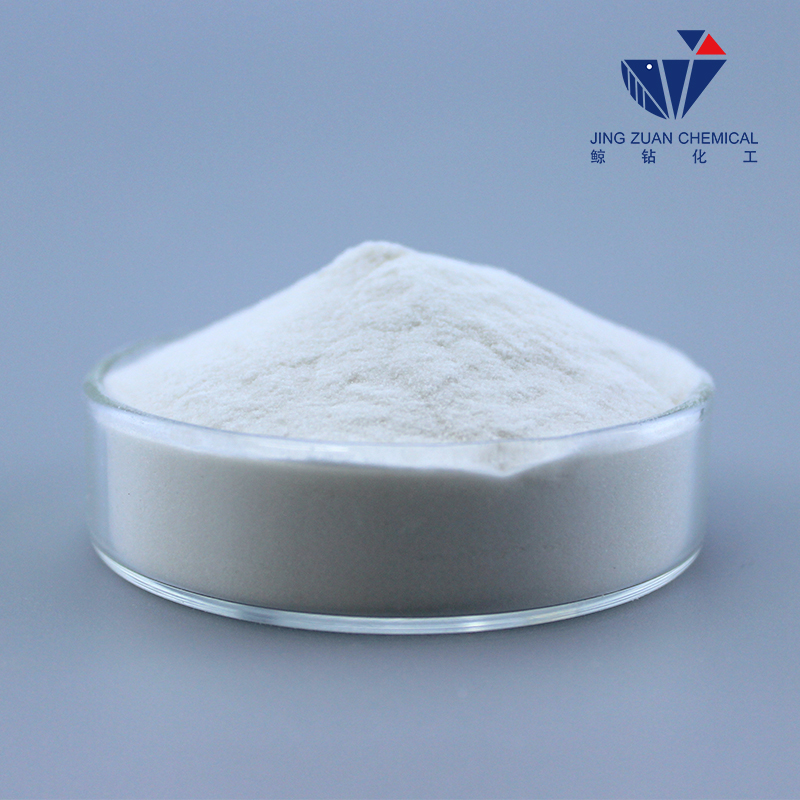
Dec . 19, 2024 01:12 Back to list
hydroxyethyl cellulose for paint
Hydroxyethyl Cellulose for Paint Enhancing Quality and Performance
Hydroxyethyl cellulose (HEC) is a versatile cellulose derivative that has gained significant attention in the paint and coating industry. Its unique properties make it an essential additive that improves the performance, aesthetics, and application of various paint formulations. As a water-soluble polymer, HEC derives from natural cellulose sources, thus providing an environmentally friendly option for manufacturers looking to enhance their products while adhering to modern sustainability standards.
One of the most notable features of HEC is its thickening ability. In paint formulations, HEC acts as a rheology modifier, which controls the viscosity and flow of the paint. This is crucial as it ensures that the paint can be applied smoothly and evenly, whether by brush, roller, or spray. The right viscosity allows for better spreading on surfaces and avoids issues like drips or runs, which can lead to an uneven finish. By adjusting the amount of HEC in the formulation, manufacturers can tailor the consistency of the paint to meet the specific needs of different applications, whether for interior wall paints, exterior finishes, or industrial coatings.
Hydroxyethyl Cellulose for Paint Enhancing Quality and Performance
In addition to its role in thickening and stabilizing, HEC contributes to the overall finish of the paint. It enhances the gloss and transparency of coatings, which can significantly affect the aesthetic appeal of the final product. For instance, in decorative paints, a smooth, glossy finish is often desired, and HEC can assist in achieving this by promoting even coverage and reducing the appearance of imperfections.
hydroxyethyl cellulose for paint

Moreover, HEC is beneficial in controlling the drying time of paints. By absorbing water and extending the open time during application, HEC allows users more flexibility to manipulate the paint without it drying too quickly. This can be particularly helpful in warmer climates or on porous surfaces, where fast drying can lead to issues such as brush marks or roller texture. The controlled drying time ensures that the painter can achieve the desired finish without worry.
Another advantage of using hydroxyethyl cellulose in paint formulations is its compatibility with a variety of other ingredients. HEC works well with both latex and solvent-based systems, making it a versatile choice for formulators. Whether a company is producing water-based acrylic paints or oil-based enamels, HEC can easily be incorporated into the formula without negatively impacting the performance or characteristics of the paint.
From an environmental perspective, HEC is derived from renewable resources, aligning with the global shift towards sustainable and eco-friendly materials. Manufacturers are increasingly being called upon to produce paints that meet environmental regulations and standards; the inclusion of HEC can help in formulating products that are less harmful to both human health and the environment. Its non-toxic nature adds to the benefits, making HEC a safe option for both producers and consumers.
In conclusion, hydroxyethyl cellulose is an invaluable ingredient in the paint industry, enhancing the quality, performance, and appeal of various paint formulations. Its ability to thicken, stabilize, and improve the aesthetic characteristics of paint, coupled with its compatibility with a wide range of systems and its eco-friendly profile, makes it a go-to choice for manufacturers aiming to produce high-quality, durable, and visually pleasing coatings. With the continuous evolution of paint technology, HEC is likely to play an even more prominent role in the future of paint formulation.
-
Versatile Hpmc Uses in Different Industries
NewsJun.19,2025
-
Redispersible Powder's Role in Enhancing Durability of Construction Products
NewsJun.19,2025
-
Hydroxyethyl Cellulose Applications Driving Green Industrial Processes
NewsJun.19,2025
-
Exploring Different Redispersible Polymer Powder
NewsJun.19,2025
-
Choosing the Right Mortar Bonding Agent
NewsJun.19,2025
-
Applications and Significance of China Hpmc in Modern Industries
NewsJun.19,2025







